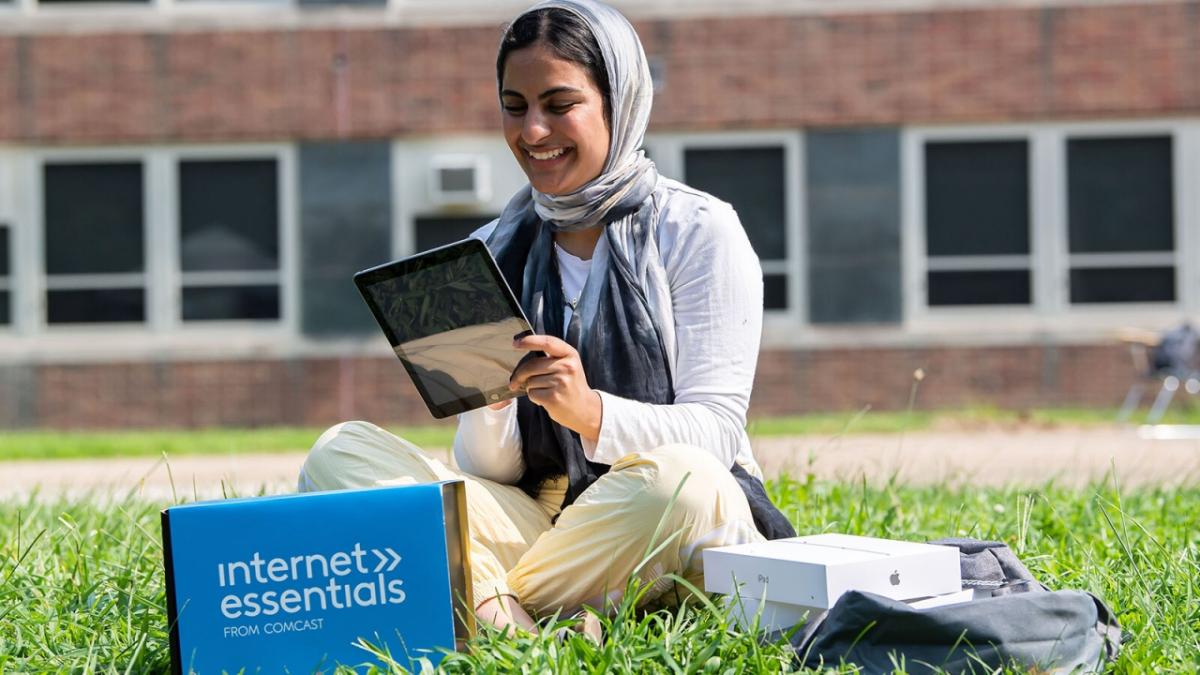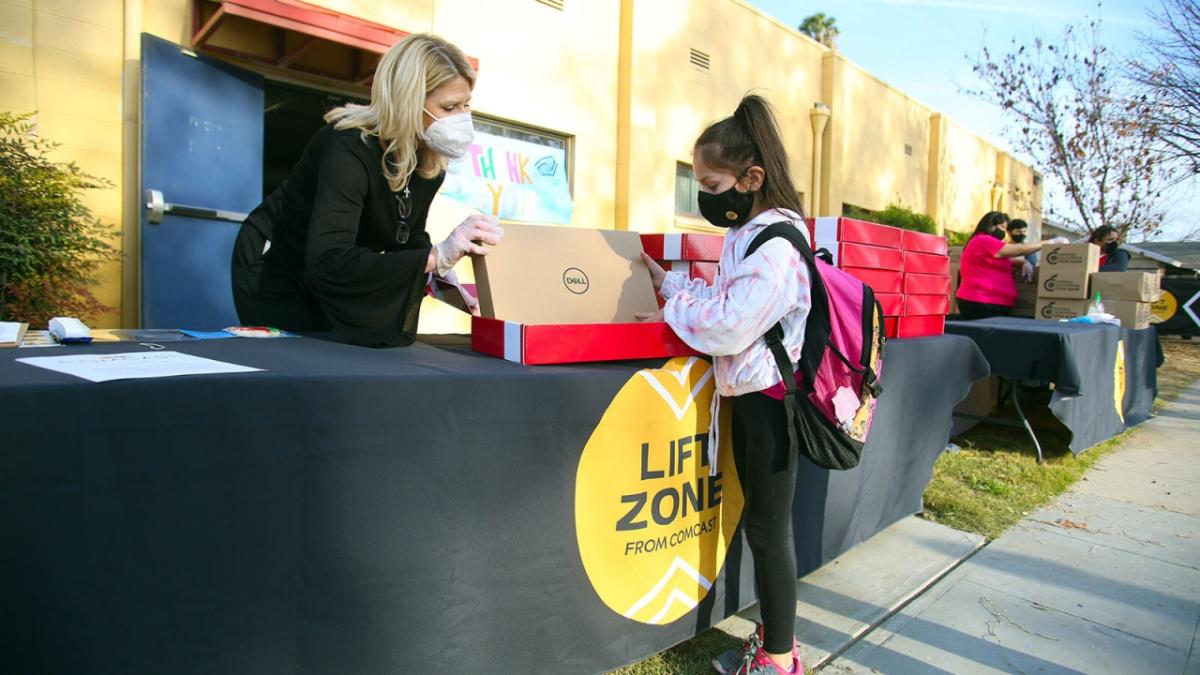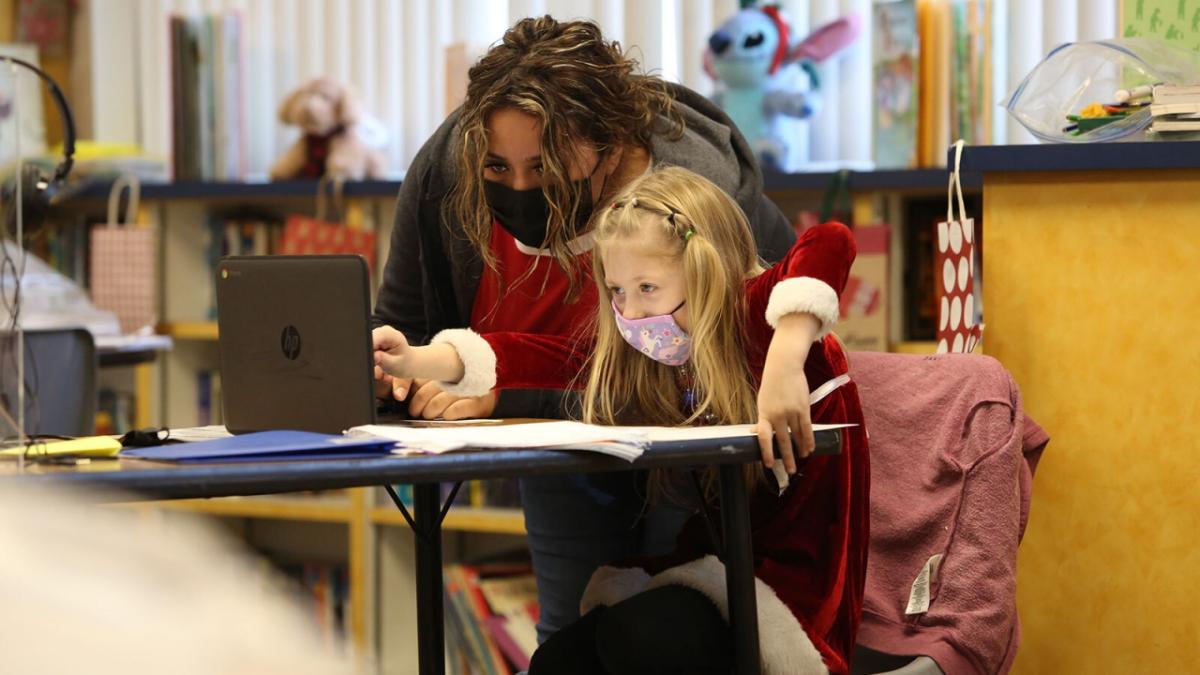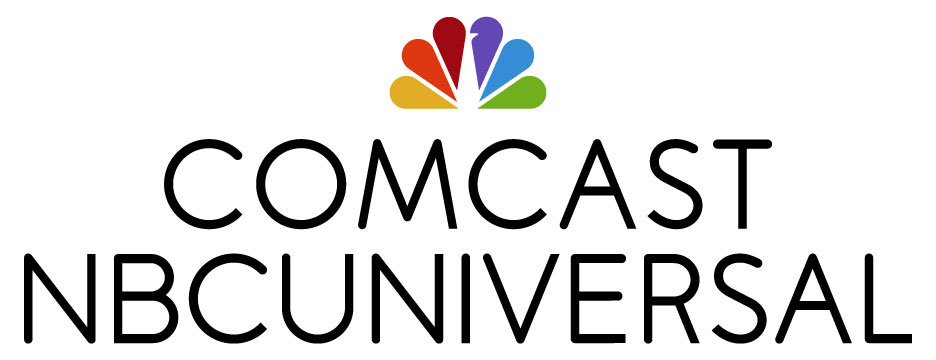Ten Years of Internet Essentials Partnerships & Millions of Connections
By Mary McLaughlin
Ten years ago, Comcast embarked on an ambitious journey to help bridge the digital divide. We launched Internet Essentials, our signature digital inclusion program, to help connect as many low-income families as possible to broadband Internet at home. In that time, Internet Essentials became the largest and most comprehensive program of its kind having connected millions of people to the Internet at home and teaching millions more critical digital literacy skills.
Much of the credit for the success of the program deservedly goes to the thousands and thousands of school districts and parent teacher organizations we’ve worked with all across the country, as well as national organizations like Boys & Girls Clubs, YMCAs, YWCAs, Big Brothers Big Sisters, and Older Adults Technology Services, the National Urban League, UnidosUS, LULAC, AAJC, NDIA, and the AAPD, among others, and too many local nonprofits to even name.
It’s been an honor for us to work with these incredible partners and see firsthand the difference we are making together – whether it’s a student receiving his first laptop or a parent having the comfort knowing that her children can now do homework online at home. As we reflect on the last 10 years and shift our focus to the future, our commitment to address digital equity has never been stronger. I’m pleased to share several new announcements that build on this strong foundation.
Internet Essential Speed Increase and Enhancements
For the sixth time in 10 years, we are increasing the speed of the Internet Essentials service, to 50 Mbps downstream and 5 Mbps upstream, again without changing the price, $9.95/month, which is the same it has been since 2011. With these speeds, families will have even more bandwidth for distance learning and remote work, as well as accessing healthcare information, enjoying online entertainment, and staying in touch with family and friends during the pandemic and beyond. This change is on top of dozens of other enhancements we have made to the program over the years, including offering our innovative xFi WiFi network management tool, which includes our free xFi Advanced Security service; full access to our network of Xfinity WiFi hotspots; forgiving back-due debt; and more.
Connecting Community Centers with Free WiFi Through Lift Zones
Working together, we developed an exciting new initiative, called Lift Zones, to support neighborhoods hit hard by the economic conditions created by the coronavirus. By partnering with community centers and city leaders, we’re helping to create safe spaces for students and families to get online with free WiFi. So, whether a family signs up for Internet Essentials at home, or sends their children to a Lift Zone during the day, more K-12 students will have more options to get online to participate in distance learning. Originally, we had set out a multi-year plan to establish 1,000+ Lift Zones. By the end of 2020, we had already connected 200 of them. However, the urgency to help is so great that, today we’re accelerating our original timeline. The new plan is to connect 1,000 Lift Zones by the end of this year.
Investing in Organizations that Build Digital Literacy Skills
We also continue to accelerate our philanthropic investments in organizations working to help people in underrepresented communities gain the education, skills, training, and access needed to succeed in an increasingly digital world. Over the last year, we’ve committed more than $40 million in cash to education and equity-focused partners that provide platforms for young diverse voices and workforce development programs that lead to improved economic mobility for adults. These organizations and investments are focused on creating greater pathways to opportunities particularly in media, technology, arts, and entrepreneurship. A selection of these partners include Per Scholas, Coded by Kids, Center for Black Innovation, Inner-City Arts, BUILD.org, CodePath, Genesys Works, Jobs for the Future, NPower, i.c. stars, Opportunity at Work, Goodwill Industries International, YWCA, and Philadelphia Youth Network.
It’s also worth noting that last year, we created our Internet Essentials Partnership Program to help schools, school districts, and other community organizations collaborate to fund and connect large numbers of low-income students and families to the Internet at home. Hundreds of schools and school districts have signed up already.
Additionally, we’ve instituted a number of COVID-19 response measures, including offering any new Internet Essentials customer 60 days of Internet service for free and waiving the requirement that customers not have back debt due so that even more families can get connected.
All told, we have invested more than $700 million in digital skills training and awareness and reached more than 11 million people in the process. We have also either sold (at a heavy discount) or given away for free more than 135,000 laptops, desktops, and tablets in underserved communities. We know we’re making an impact. Of those customers we surveyed with children in the home, 90 percent reported that being connected to the Internet had a positive impact on their child’s grades. 62 percent surveyed also said the Internet service helped someone in their household find a new job.
We know that the digital divide can only be addressed through a comprehensive effort by nonprofit and community-based organizations, educational institutions, faith leaders, as well as the government and private sectors. As we reach the 10th anniversary of the Internet Essentials program, we want to thank our partners for a decade of collaboration. Together, we are making a big difference.
Stay tuned, as we plan to make even more announcements about our Internet Essentials program later this year.
Mary McLaughlin is the new head of the Internet Essentials program. She is a veteran Comcast executive with more than 20 years of experience. Most recently, Mary was the Regional Senior Vice President of Comcast’s Beltway Region, which included overseeing more than 5,000 employees across Maryland, Virginia, and Washington, D.C., as well as parts of Delaware, North Carolina, and West Virginia.




